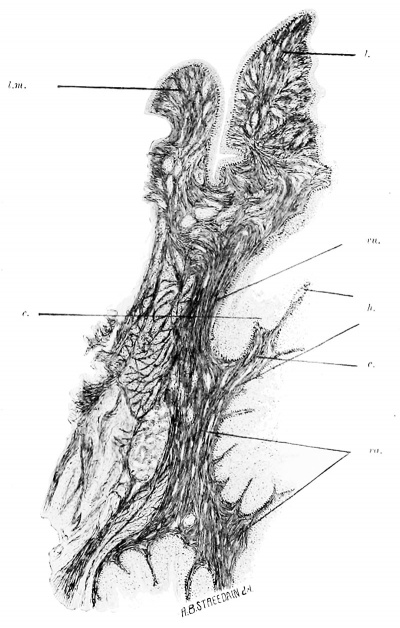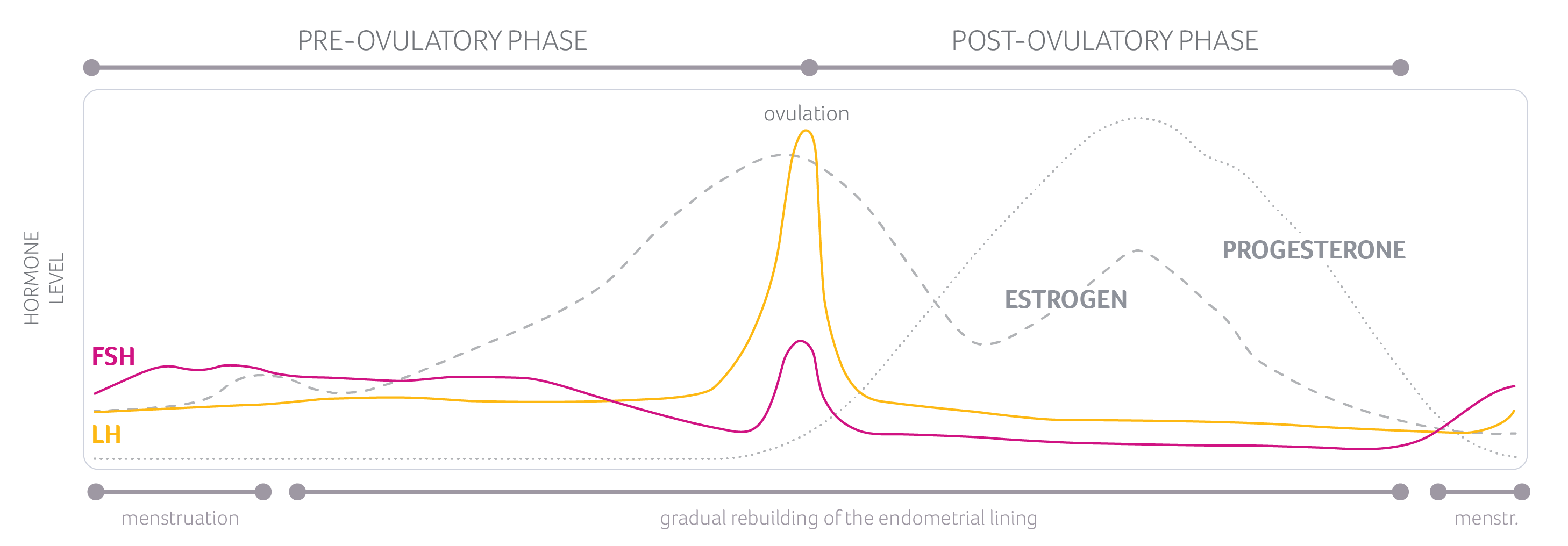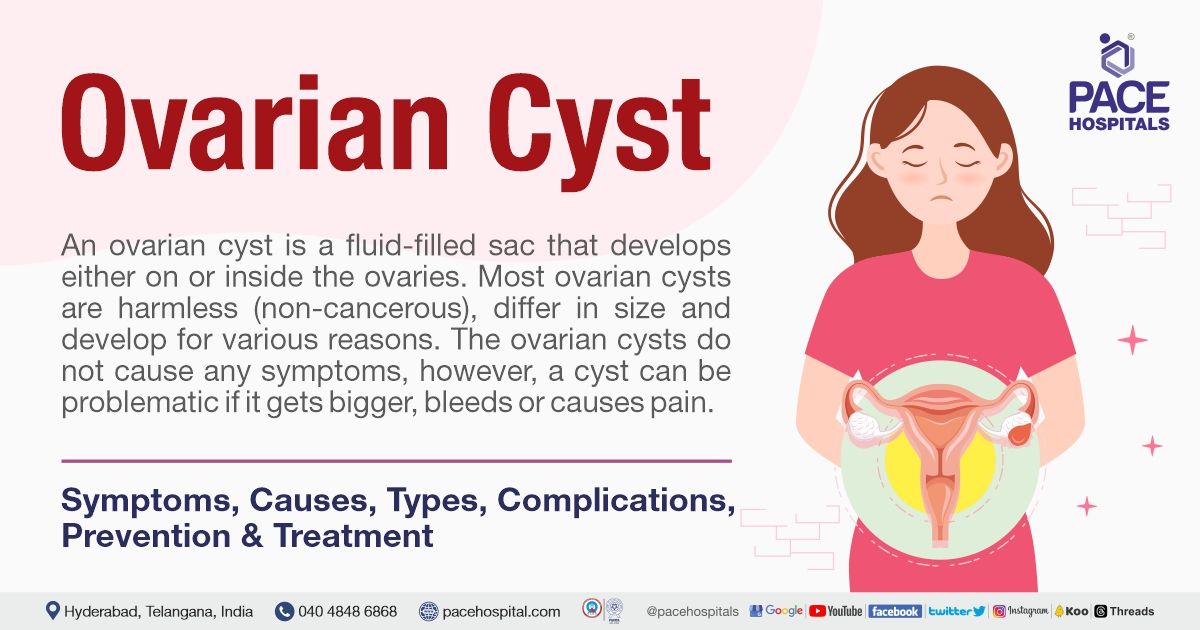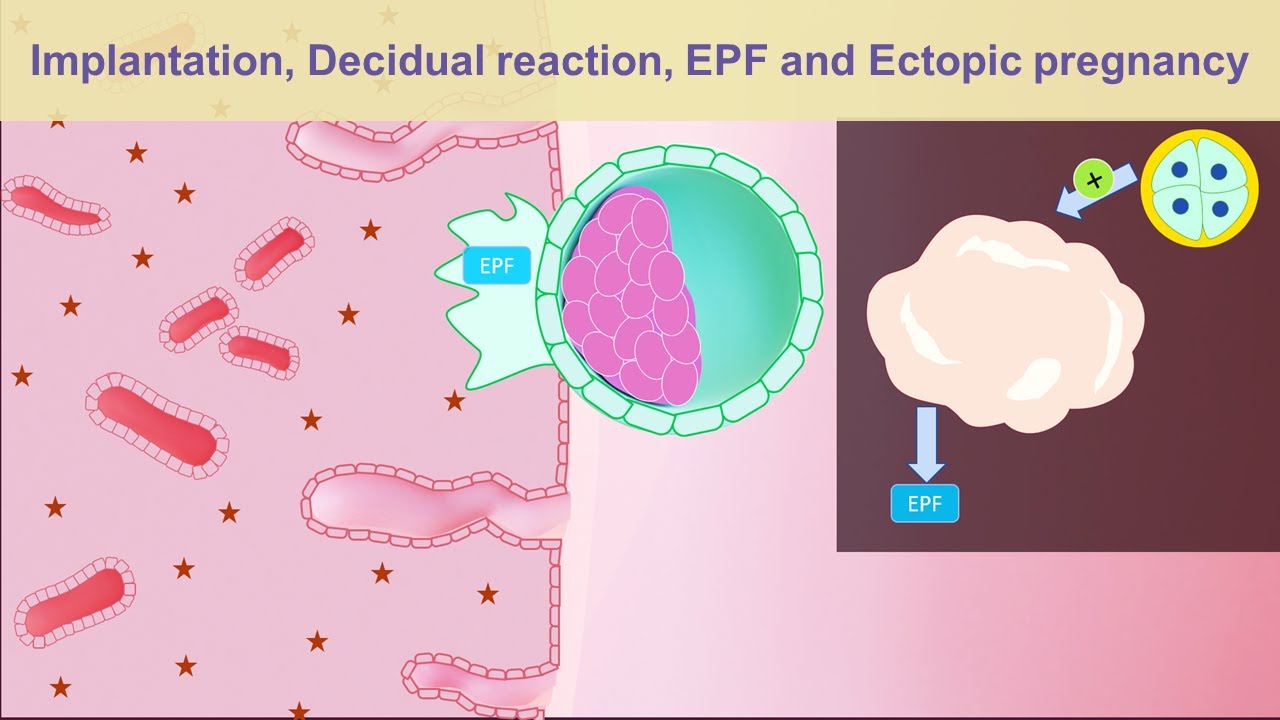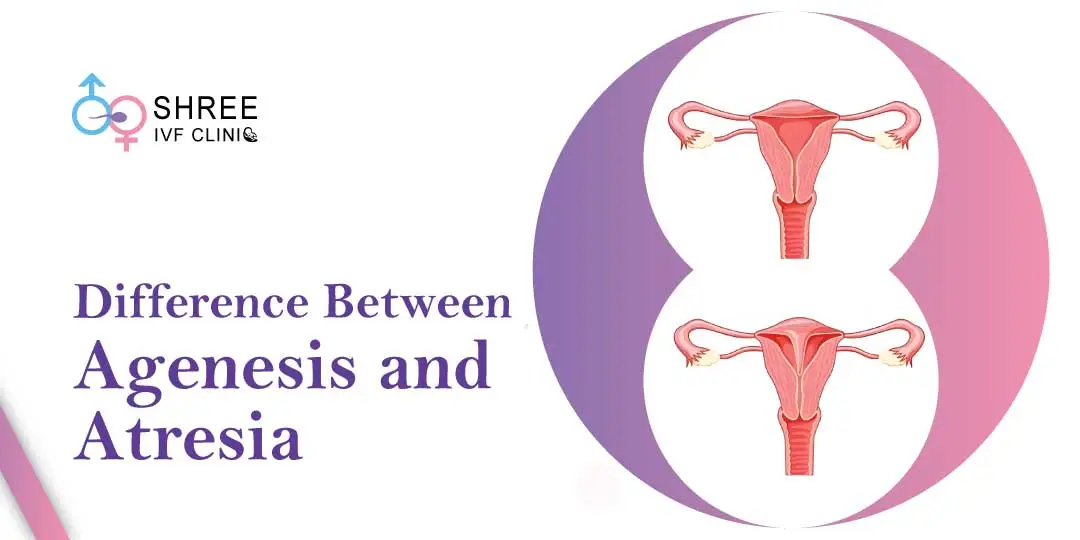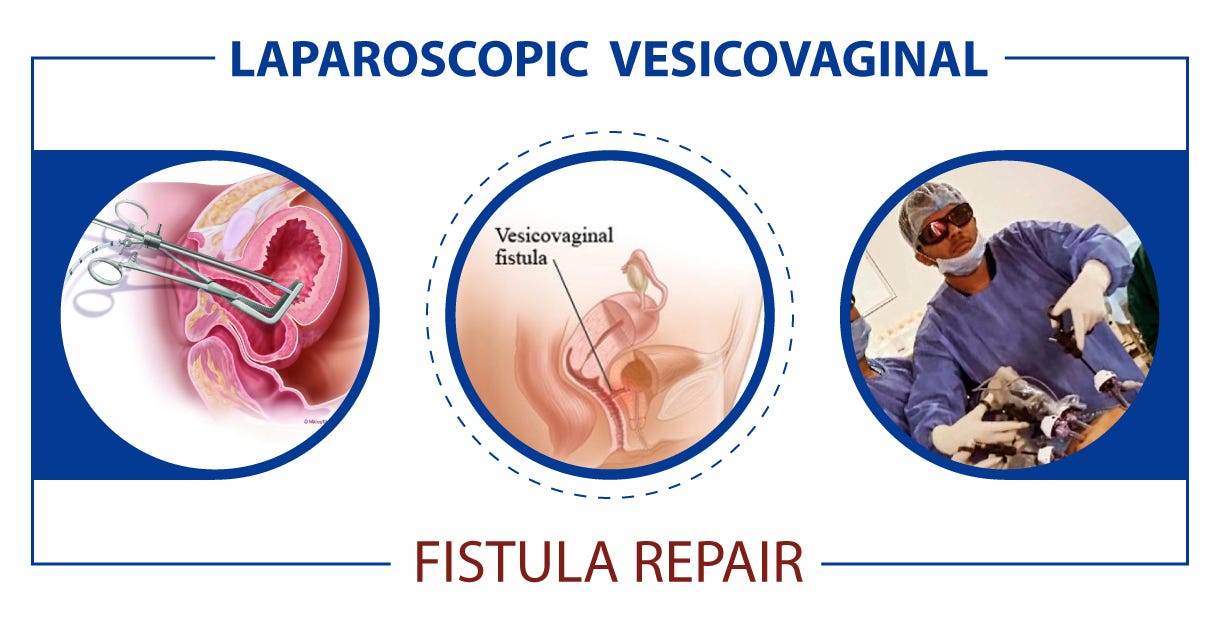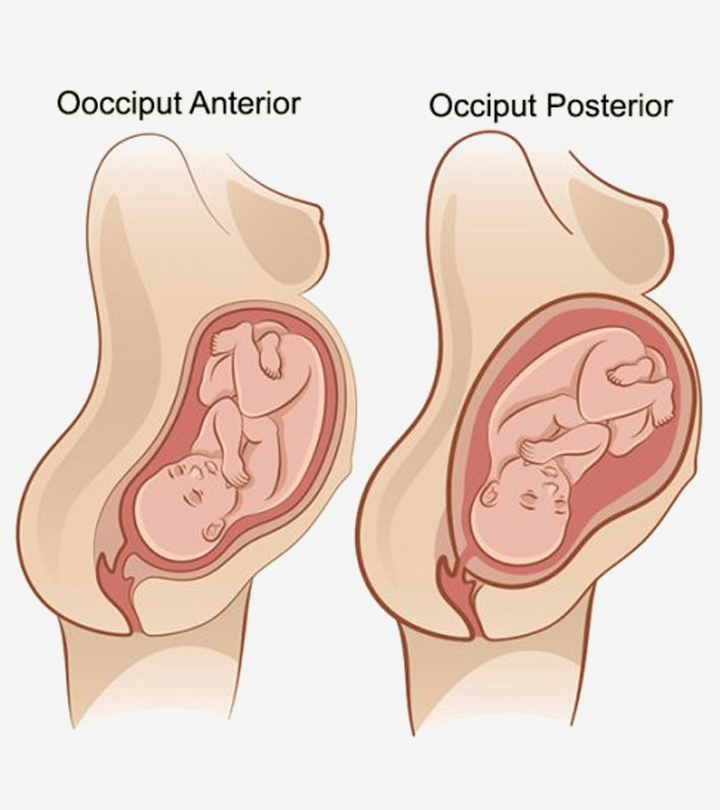– SCCs (Squamous Cell Carcinomas) can manifest as scaly red patches, open sores, rough or thickened skin, wart-like skin, or raised growths with a central depression.
– Sometimes, SCCs may crust over, itch, or bleed.
– These lesions usually occur in sun-exposed areas of the body but can also appear in other body parts, including the genitals.
– The appearance of SCCs can vary from person to person.
– Squamous cell carcinoma of the skin is a type of cancer that starts as a growth of cells on the skin.
– It usually starts in squamous cells, which are found in the middle and outer layers of the skin.
– Squamous cell carcinoma is a common type of skin cancer and is usually not life-threatening if treated.
– Most cases of squamous cell carcinoma are caused by excessive exposure to ultraviolet (UV) radiation from sunlight, tanning beds, or lamps.
– The cancer can occur anywhere on the skin, but in people who sunburn easily, it is often found in sun-exposed areas.
– In people with Black and brown skin, squamous cell carcinomas are more likely to appear in areas not exposed to the sun, such as the genitals.
– Symptoms of squamous cell carcinoma include firm bumps on the skin, flat sores with a scaly crust, new sores or raised areas on old scars or sores, rough patches on the lips or inside the mouth, and raised patches or wartlike sores on or in the anus or genitals.
– It is recommended to see a doctor if a sore or scab doesn’t heal in about two months or if there is a flat patch of scaly skin that won’t go away.
– Epidermal carcinoma, specifically squamous cell carcinoma of the skin, is more common in individuals with low levels of melanin.
– The risk of squamous cell carcinoma is highest in people with blond or red hair, light-colored eyes, freckles, and easily sunburned skin.
– Factors that increase the risk of this type of carcinoma include excessive sun exposure, both from natural sunlight and tanning beds.
– A history of sunburns, especially during childhood or adolescence, is also a risk factor.
– Having precancerous skin lesions, a previous history of skin cancer, a weakened immune system, or a rare genetic disorder called xeroderma pigmentosum can increase the risk.
– Infection with human papillomavirus (HPV) can also increase the risk of developing squamous cell carcinoma.
– Untreated squamous cell carcinoma can destroy healthy tissue, spread to lymph nodes or other organs, and potentially be fatal.
– Factors that may increase the risk of the cancer spreading include large or deep growth, involvement of mucous membranes (such as the lips), and a weakened immune system.
– Most cases of squamous cell carcinoma can be prevented.
Continue Reading

